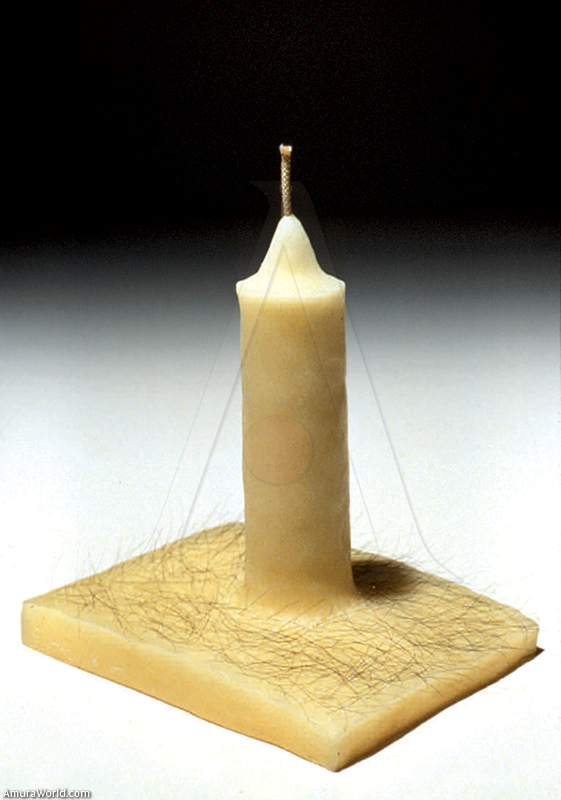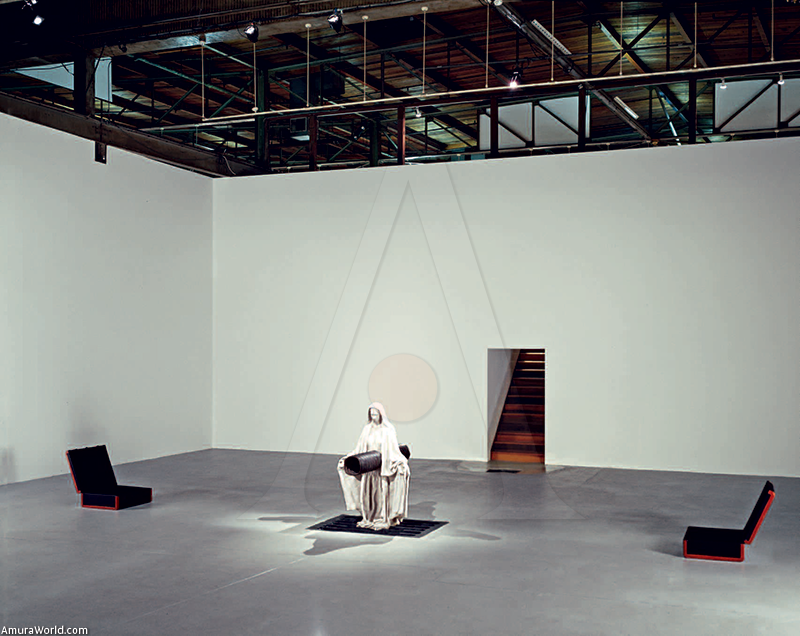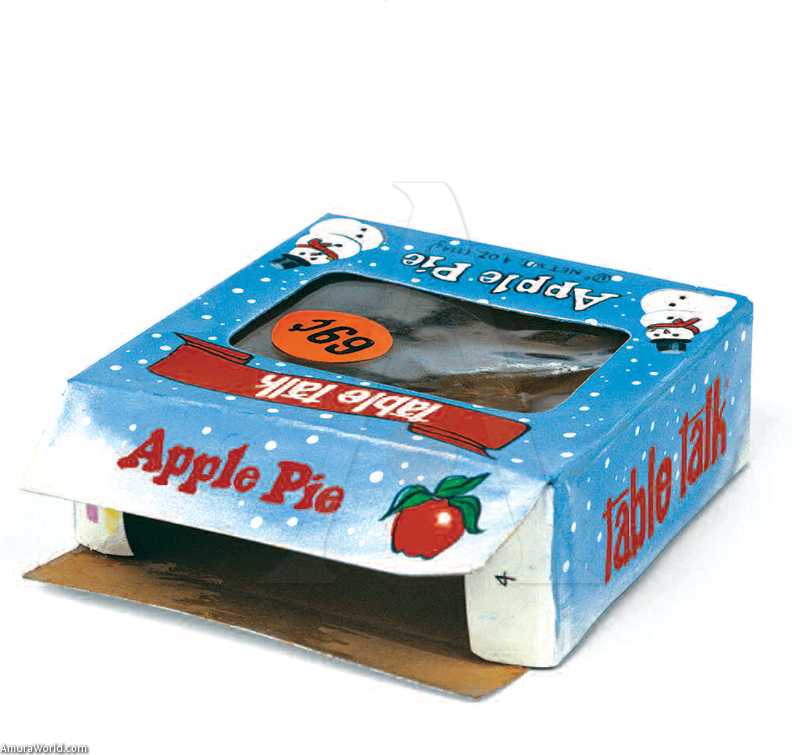We must have one thing in mind when we look at the work of the North American artist Robert Gober (Connecticut, 1954), some dark intentions lay behind the most trivial objects.
On a rare occasion Robert Gober theme frame exceeds the limits of the domestic, but from the house figure and the objects that create it, Gober recreates and remakes the relations that come off in our intimate encounter with the objects: the house becomes an acting outline of the public.
In the objects recreated by Gober nothing is just what it seems to be. Objects of our everyday life-cribs, beds, urinals, sink, drains, doors, chairs, wall paper- come to life and display a cer- tain disturbing aspect.
Each object that makes up for the visual vocabulary of Robert Gober, has been craftily pro- duced by the artist, next to a work team com- posed by young artists.
If well it is clear that it establishes a dialogue with the readymade tradition, on his part Gober has decided to fabricate himself the objects.
This determination and his material choice lead to a reassessment of the objects themselves and the way we relate to them. For example. “Untitled" (2008), an empty box of Apple Pie that first hand it would look like carton, under the delayed scrutiny of the spectator, tipical of the aesthetic experience that the work of Gober awakes, we discover that it is really hand painted and was made out of copper and glass.
The onenesses of its imperfections- that equal a handcrafted product-and the nature of its mate- rial. resist any logic of a mass production.
The first lesson is to observe, the second is to observe again before making any assumption. But we were talking about the disturbing aspect of the objects.
The work of Robert Gober has the ability to make a comment on the edge of the obvious, through the transposition of elements that come from several kingdoms.
Through the irony, like the example of the Apple Pie box. the inscription of the “Table Talk” brand that alludes to the after-lunch conversa- tion. meaning, a gap in the inner family commu- nication systems, that is well-spent by the advertising industry.
One does not buy an Apple Pie but the desire of a family conversation.
This first fold in the sense of the piece contin- ues to unfold towards a more obtuse sense.
The table talk expression also alludes to cer- tain prohibited chats between couples about the content of their games in the card game plays.
Between the outline of the piece, we can read on one side the interference of the industry in the modulation of the family system and. on the other side, the subtle intromission of the distinction between the forbidden and the permitted, the rule and its violation; in short, of what you can speak of and what should not be spoken of. at the edge of the family moral systems.
It is this way that the Gober objects establish alliances amid several kingdoms, and depict the disturbing backhand of the intimate relation we create with the objects around us.
The reading levels of such objects, promote a capacity of condition but also of affectation exhibiting a bit uncomfortable truth: the processes of the conformation of the subjectivity are uttered by the family system, which is in return, shaped by the consumption industry. The family and home, is one of the meddling fronts of the public and the politic. The home, away from being a harmonized abode, becomes a moral and social rule producer.
Through the inclusion of the everyday use of the objects. Robert Gober displays a wicked side: the reverse of a home like a taming center punish- es any offense to the rule.
The socialization in the small bourgeois fami- ly. its authoritarian mechanisms of repression and control, the ablution and discipline of the body that obeys the parameters of the moral purification, are inescapable referents for the study of the work of the artist
At the end of the 80s. Gober begins to include the fragmented presence of the body in his formal vocabulary.
Amputated legs and torsos with alloys estranged to the body, like drainpipes and candles, make its way in the gallery, sometimes severed on the wall and others just assembled in it
These alloys to the body indicate the triumph of the home in the body's colonization, the extrem- ity of the sanitization methods is represented by the incrustation of the drainpipes directly on the surface of the body (“Untitled”. 2002-2004). but indicates at the same time, a poetic resistance: the drainpipes become passing valves, drains where desire flows freely.
In the installation presented on the “DIA Center for the Aits" (Nueva York. 1992). Gober made an authentic plumbing job in the gallery, achieving that the water would circulate through the eight sinks that the installation included. These were set on walls, hand painted, which showed the rural scene of a forest Two windows with bars place high on the walls showed a pale sky created with artificial lighting. On the floor the newspaper productions would be piled up. some modified, others were originals, with articles about the authority’s incompetence in relation to the HIV epidemic that in that time was diminishing the population.
Gober looks on nature as a cultural device, the social lavatory that pressures the minorities to the periphery and. finally, the shape of the bars that turn the scene into a prison place.
Everything points that there is no exterior of the culture. As much as in the processes of subjec- tivity as in the resource of nature as a device, are linked to the cultural moldings, but the water and the drainpipes opened respiration valves to the chronic systems, on which the cultural systems are based on.
Text: ± Photo: Courtes y Matthew Marks Gallery, NewYork







